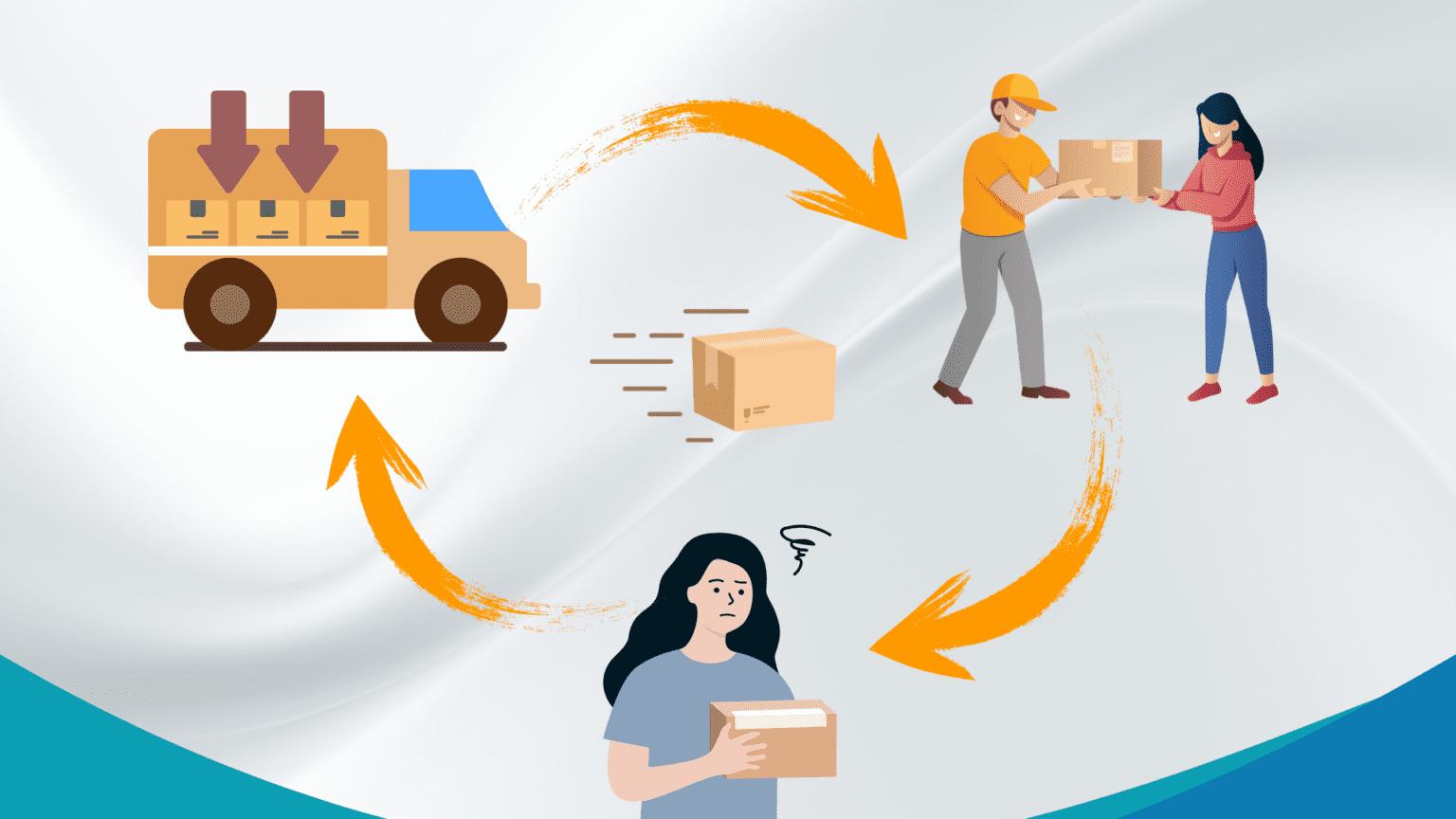In the digital age, e-commerce has revolutionized the way in which consumers purchase products. However, with the increase in online sales, the management of returns has become a significant challenge for retailers. Reverse logistics, or the Management process of products returned by customers, is critical to ensuring a positive customer experience and maintain operational efficiency.
The growing demand for returns, fueled by the increasingly flexible return policies offered by e-commerce, requires a structured strategy. Meeting this challenge is not only a matter of business efficiency, but also a crucial element in strengthening the customers’ trust in your brand.
What is reverse logistics?
Reverse logistics refers to the Process of planning, implementing and controlling the flow of products returning from the consumer to the seller or manufacturer. This includes not only the transportation of returns, but also the quality control, possible repair, recycling or disposal of returned products.
In the context of e-commerce, logistics reverse takes on a particularly relevant role. The simplicity and speed with which a customer can return a product can significantly affect the reputation of your online store. Therefore, a well-structured system not only improves operational efficiency, but it also contributes to a better relationship with customers.
Importance of reverse logistics in e-commerce
Efficient management of reverse logistics offers many benefits for e-commerce:
Customer loyalty
Offer a return process simple and transparent increases customer satisfaction, encouraging future purchases. Customers who know they can easily return a product are more likely to finalize purchases and to trust your brand.
Cost reduction
Optimizing returns management can reduce the costs associated with transportation, processing and disposal of productsi. Inefficient management, on the contrary, can generate significant losses in terms of time and resources.
Environmental Sustainability
An effective reverse logistics enables recycling or reuse of products, contributing to more sustainable. Adopting green strategies is not only a competitive advantage, but also an ethical commitment that resonates positively with modern consumers.

Strategies for efficient returns management
To improve the management of returns in your e-commerce, consider the following strategies:
1. Clear and transparent return policy
Establish a return policy Easily accessible and understandable to customers. Detail The conditions, timing and procedures for making a return, thus reducing any confusion or dissatisfaction.
A well-structured policy must include:
- Return times: Clearly specifies the period within which a product can be returned.
- Return Costs.: Informs whether return costs are borne by the customer or the company.
- Product Conditions.: Indicates acceptable conditions for return approval, such as package integrity or presence of labels.
2. Automation of the return process
Implement systems that automate return requests, allowing customers to initiate the process online and monitor its status. This not only improves the user experience, but It also reduces the workload of customer service.
A self-service portal for returns can be an effective solution. Through an intuitive interface, customers can:
- Enter product details.
- Print shipping labels.
- Follow the status of the return in real time.
3. Cooperation with reliable logistics partners
Trust to experienced logistics partners in handling returns, ensuring fast transit times and proper handling of returned products. Choosing the right supplier can make the difference between A smooth rendering process and a problematic one.
Some factors to consider when choosing a logistics partner include:
- Geographic coverage: Make sure the partner can handle returns in all areas covered by your e-commerce.
- Technological capabilities: Check whether the partner offers tools to track and manage returns in real time.
- Sustainability: Privileges operators who adopt environmentally friendly practices.
4. Analysis of data on returns
Monitor and analyze reasons for returns to identify any recurring problems related to products or sales processes. This will allow you to make targeted improvements and reduce the return rate.
For example, if a significant percentage of returns is caused by discrepancies in product descriptions, you can take action by improving the product sheets. Similarly, problems related to the quality can be solved by working with suppliers to ensure higher standards.
5. Digital solutions for reverse logistics
Digital technologies are transforming the reverse logistics landscape. Tools such as the return management software (RMS) and platforms for tracking advanced can simplify the process and provide greater visibility into each step of the return.
For example, an RMS integrated with your inventory management system can:
- Automatically update the available stock.
- Provide real-time data on returned products.
- Optimize the reuse or redistribution of products.
FBY's role in managing returns
FBY offers comprehensive solutions for the management of logistics and returns In the e-commerce sector. Through an integrated platform, FBY handles all phases of fulfillment, including logistics, warehousing, shipping and returns, allowing online retailers to focus on growing their business.
The main advantages of collaborating with FBY include:
- Reduced processing time: With automated systems, returns are handled quickly and efficiently.
- Customized support: FBY offers solutions tailored to your specific e-commerce needs.
- Integrated sustainability: The company promotes green practices to reduce the environmental impact of logistics.




